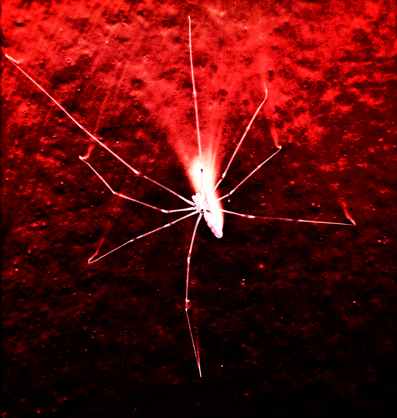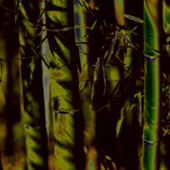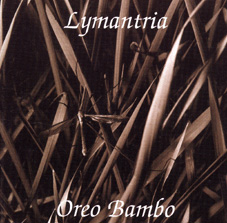|
Oreobambo
|
|
Lymantria
Music Composed and Performed by Oreobambo |
|
EM Productions 1998
|
|
Total Length 45':39''
|
Copyright ©1998 Oreobambo
 |
"Igor Stravinskij taught that by setting oneself limits, and creating within those limits, the composer is able to realize his potential. This affirmation has guided generations of musicians, and yet Oreobambo's amazing "Lymantria" has demonstrated that the opposite is also true. It is not easy, if not impossible to maintain a sense of coherence and order while abandoning oneself to the infinite possibilities that arise when composing. I personally believe that one can succeed in such an endeavour only if one's music originates from deep within and if it is inspired by truth, as is the case with Oreobambo.
The music of Lymantria cannot be classified within known categories. Oreobambo uses tonality liberally without being rigorously atonal. He is not particularly interested in modality though he does utilize modes. The music is current yet without the long-winded intellectual quality that characterizes much avant garde music and renders it unlistenable. There is a marked avoidance of pre established forms, with a preference for free and adventurous musical thought. At times there is a foray into an agile contrapuntal texture (track 1), at other times an approach towards the sonorities of new age (track 3), or quasi Irish cadences (track 6); but the music swiftly moves on as though it constantly feels the pressing need to move forward.
The fact is that Oreobambo is interested in music per sé and not in the languages that it employs. Any of these may do; even a venetian baroque adagio, if it's coherent with the emotion of the piece. This music expresses the wish to be free of any stereotype, even those that appear to be the most rebellious or alternative, but are in fact only the most recent stereotypes. It is interesting to note the absence of track titles, which are instead simply indicated by numerical progression - again indicative of a desire not to adhere to mentally conditioned forms.
This work propounds an interior experience declared with candour and purity, which is available only to those who are able to distance themselves from their own thoughts with the same candour. In such a state one can receive the gift and taste the essence of Lymantria - the sense of awe and respect for the immensity and power which is all around us. For others, there remains however the pleasure of listening to music that could be described as suitable for meditation, even though Lymantria does not contain the clichés typical of this genre. The preferred sound is that of the classical orchestra with its family of stringed instruments and the full gamut of brass and woodwinds. The usual ubiquitous synthesizer sounds are used sparingly and unexpectedly here. Sounds from a primordial world such as the threatening distant thunder of the beginning are used with equal frugality; this balanced use of sonorities has the effect, although maintaining the coherence of a discourse, of not straining our attention and keeps our interest alive.
In conclusion I would also like to add that we can hear in Oreobambo's music the influence of Mahler, Hindemith and Milhaud, but it is however, undeniable that Lymantria is the product of a new and original personality. The music is as pure and as fresh as a free-flowing stream. Its characteristic elements are inventiveness and aversion to repetition; its depth is striking (...)"
Matteo della Rovere
“Orizzonti” 1998
 |
|
|
| ColourfulTone® |

Oreobambo Web Site
Music: Web Licence SIAE n. 2869 /I/ 2806
All Photographs and Music Copyright ©1996/2026 Oreobambo
Web site design and information - Copyright ©1996/2026 EM Productions
All rights reserved. Reproduction in whole or in part is strictly prohibited without express written permission of the copyright holders.







